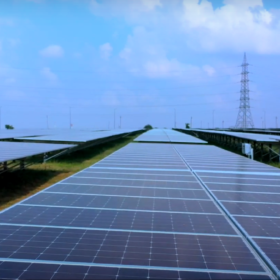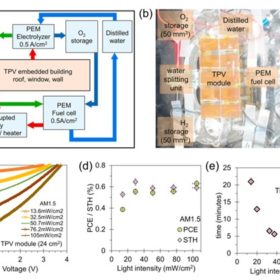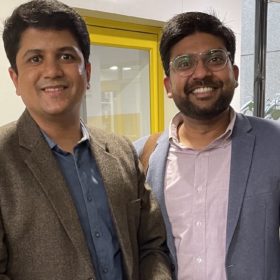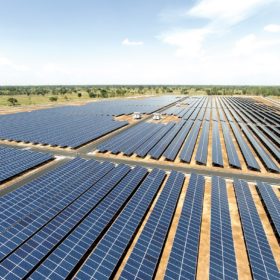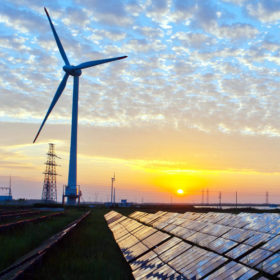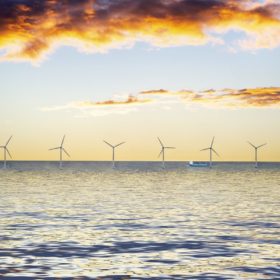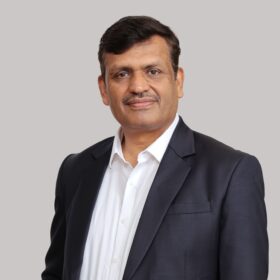India may add 12.5GW of solar in 2022-23
Ratings agency ICRA expects the solar boost based on the backlog of PV projects awarded by central and state electric utilities.
ReNew raises $400 million by issuing green bonds
The developer shall use the amount raised to refinance existing debt and fund capital expenditure in renewable energy assets, among other uses.
Philippines’ SMC to start operation of 690MW of batteries
Filipino conglomerate San Miguel Corp aims to complete 1GW of battery storage projects this year to make way for the integration of some 3GW of intermittent renewable energy generation.
Solar-powered hydrogen for domestic applications via building-integrated transparent platform
An international research group has created a closed-loop, transparent energy platform based on PV power generation and hydrogen production from photo-electrochemical cells. The system is claimed to supply power without interruption and to be transparent enough to be integrated into buildings.
SmartHelio appoints key executives
The Swiss PV diagnostics and predictive solutions provider has appointed Neeraj Dasila as chief technology officer (CTO), and Shankaransh Srivastava as vice president-marketing.
Reliance New Energy Solar buys 1.84 crore Sterling & Wilson Renewable shares from Shapoorji Pallonji
Consequent to this acquisition, Reliance New Energy Solar holds 25.16% of the total paid-up equity share capital of Sterling & Wilson Renewable Energy (formerly known as Sterling and Wilson Solar Limited).
Cabinet approves intrastate transmission scheme backing 20 GW of renewable energy capacity
The second phase of Green Energy Corridor (GEC) scheme for Intra-State Transmission System will facilitate grid integration and power evacuation of approximately 20 GW of renewable energy (RE) power projects in Gujarat, Himachal Pradesh, Karnataka, Kerala, Rajasthan, Tamil Nadu, and Uttar Pradesh.
Electrolyzer tech to produce hydrogen from seawater
With a new start-up and a consortium in the Netherlands, German automotive supplier Schaeffler wants to significantly reduce the costs of green hydrogen.
Hero Future Energies, Ohmium to install 1 GW of green hydrogen capacity
Indian renewable energy developer Hero Future Energies has partnered with US-based Ohmium International on the development of green hydrogen plants in India, the UK, and Europe with a cumulative electrolyzer capacity of 1 GW.
Airtouch Solar appoints Nimish Jain as India CEO
Nimish Jain brings to Air Touch India, the India arm of the Israeli robotic cleaning specialist for the solar industry, around 13 years of work experience in renewable energy in new market development, operations, strategy and business development functions. He has worked with companies like Solarig Global, Vikram Solar, and Jinko Solar.

